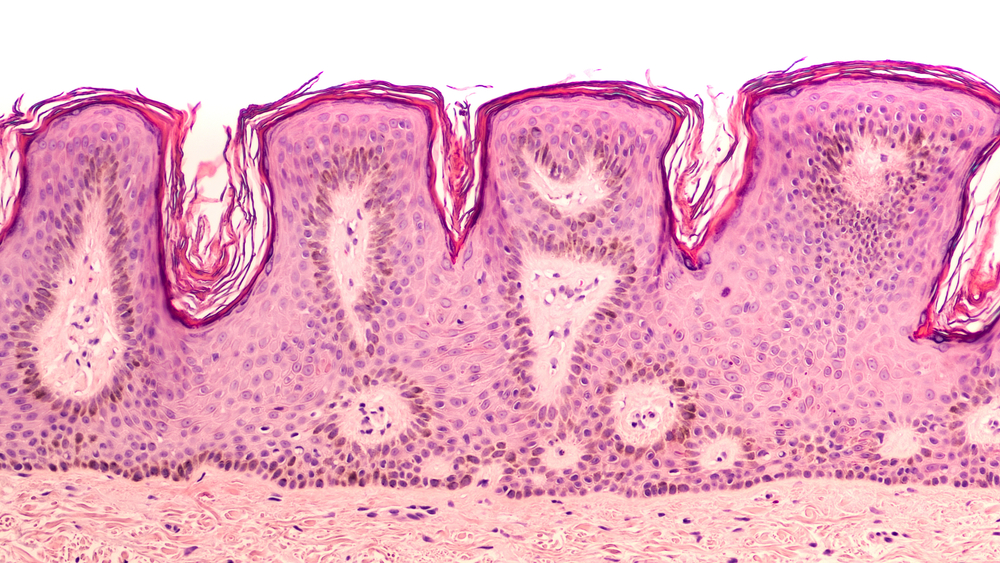Low Levels of Lipid Molecule That Affects Mitochondria Linked to Charcot-Marie-Tooth 2F
Written by |

Researchers have found that low levels of ceramide, a lipid molecule, leads to changes in mitochondrial structure and function, resulting in the neuronal degeneration seen in CMT2F, a form of Charcot-Marie-Tooth (CMT) disease.
The study titled, “Decreased ceramide underlies mitochondrial dysfunction in Charcot-Marie-Tooth 2F,” was published in the FASEB journal.
CMT2F is characterized by mutations in heat shock protein 27 (Hsp27), which is a chaperone protein that is involved in such processes such as inflammation, longevity, cell division, cell survival, and apoptosis (programmed cell death). While there is extensive literature on Hsp27, the role of Hsp27 in the pathology of CMT2F is unknown. But it is thought to be related to defects in the transport of mitochondria.
Sphingolipid is a type of compound found on the plasma membrane of animal cells. Sphingomyelin is a type of sphingolipid found on the myelin sheath that surrounds and protects some nerve cells. Compounds called ceramides, which are produced by the enzyme ceramide synthases (CerSs), are a key mediators in the pathway that produces sphingolipids. (Ceramides are lipids formed by linking a fatty acid to sphingosine, and found in plant and animal tissues.)
Studies have shown that mutations in the ceramide synthase pathway cause a disease called hereditary sensory neuropathy type 1, which has similarities to CMT2F. Active sphingolipids are also known to play a role in neurodegenerative disease. For this reason, researchers set out to determine whether their dysregulation was involved in CMT2F.
A mouse model of the disease that is made by knocking out, or eliminating, the gene Hsp27 was used. This meant these mice did not express the Hsp27 protein.
Results showed that Hsp27 knockout mice had reduced ceramide in peripheral nerve tissue. Researchers also created the disease-associated Hsp27 S135F mutant, and demonstrated that the mutant led to a decrease in mitochondrial ceramide.
As Hsp27 is a chaperone protein involved in the correct folding of proteins, researchers also looked at whether Hsp27 has a role in regulating CerSs. They showed that CerSs co-localized or interacted with Hsp27 and that in mice with S135F mutants, CerS1, a subtype of the enzyme, no longer co-localized with mitochondria. These results indicate that the decreased ceramides were a result of reduced mitochondrial CerSs localization.
Interestingly, the mitochondria of Hsp27 S135F mutant cells had increased area and greater interconnectivity, indicating that Hsp27 has significant effects on mitochondrial structure.
To determine if the ceramide synthesis pathway was truly causing these effects by the Hsp27 mutants, researchers used a drug to inhibit the pathway. Results demonstrated similar structural changes as the Hsp27 mutants, indicating that this pathway was indeed being targeted by Hsp27.
Lastly, researchers showed that the mutants actually reduced mitochondrial function, which explains the functional changes observed in the mitochondria, indicating a potential mechanism through which the mutant was contributing to neuronal degeneration.
“These results suggest that mutant Hsp27 decreases mitochondrial ceramide levels, producing structural and functional changes in mitochondria leading to neuronal degeneration,” the researchers concluded.
.




